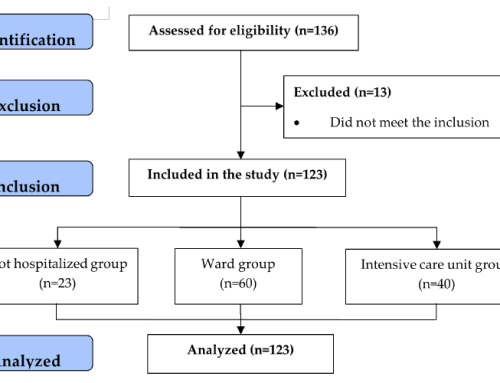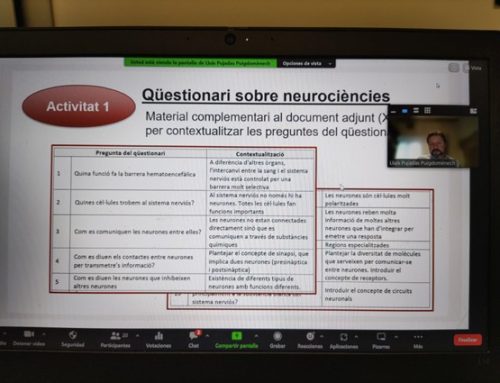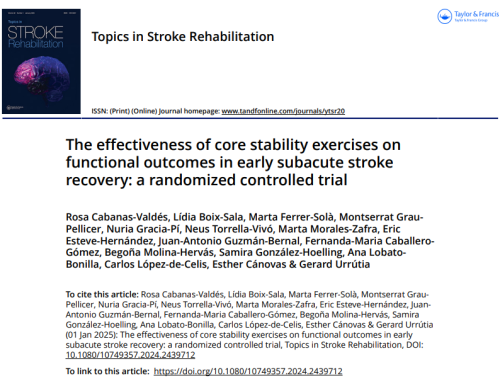ARTICLE. Otero-Vinas M, Lin X, MacLauclan S, Carson S, Falanga V. Dermal Fibroblasts from Chronic Wounds Exhibit Paradoxically Enhanced Proliferative and Migratory Activities that May be Related to the Non-Canonical Wnt Signaling Pathway. Surg Technol Int. 2021 Jun 28;39:sti39/1451.
Abstract.
It is generally thought that dermal fibroblasts from chronic wounds are in a state of senescence, which contributes to the failure to heal. This assumption, based on limited experimental evidence, has led to the widespread use of therapeutic approaches focused on delivering new fibroblasts and/or increasing resident fibroblast activity to promote healing. In this study, we decided to re-visit the evidence for the relative inactivity of resident chronic wound fibroblasts. We therefore evaluated the proliferative and migratory activities of matching, patient-derived dermal fibroblasts from a chronic wound (wound dermal fibroblasts, or WDF), ipsilateral thigh newly created acute wound dermal fibroblasts (ADF, Day-3 after wounding the normal thigh skin), and ipsilateral thigh normal dermal skin fibroblasts (NDF). This approach was used in each of 10 consecutive non-selected individual patients with a venous leg ulcer, and allowed us to determine whether WDF are intrinsically less active than NDF and AWD. Cell migration and proliferation were quantified by a live-cell analysis system and MTT assay, respectively, in low (0.5%) or high (10%) levels of fetal bovine serum (FBS). In addition, the ability of patient-derived fibroblasts to modulate wound re-epithelialization in vivo was analyzed by transplantation in a mouse tail full-thickness wound model. Wnt5a mRNA, its ROR1 co-receptors, and ROR2 mRNA levels were determined by qRT-PCR. We report that WDF had increased -SMA and increased levels of Wnt5a. Moreover, using live-cell imaging in a scratch assay monolayer model, WDF showed baseline migratory activity similar to those of NDF and ADF, and such activity was not stimulated by FBS. WDF showed the same capacity to increase wound re-epithelialization as NDF and ADF. Together, these results suggest that WDF are not actually less “active” than NDF and ADF. This enhanced activity of chronic wound fibroblasts may lead to high energy requirements that contribute to a failure to heal. The findings may represent a new paradigm for wound chronicity, impaired healing, and high recurrence rates.












Leave a Reply